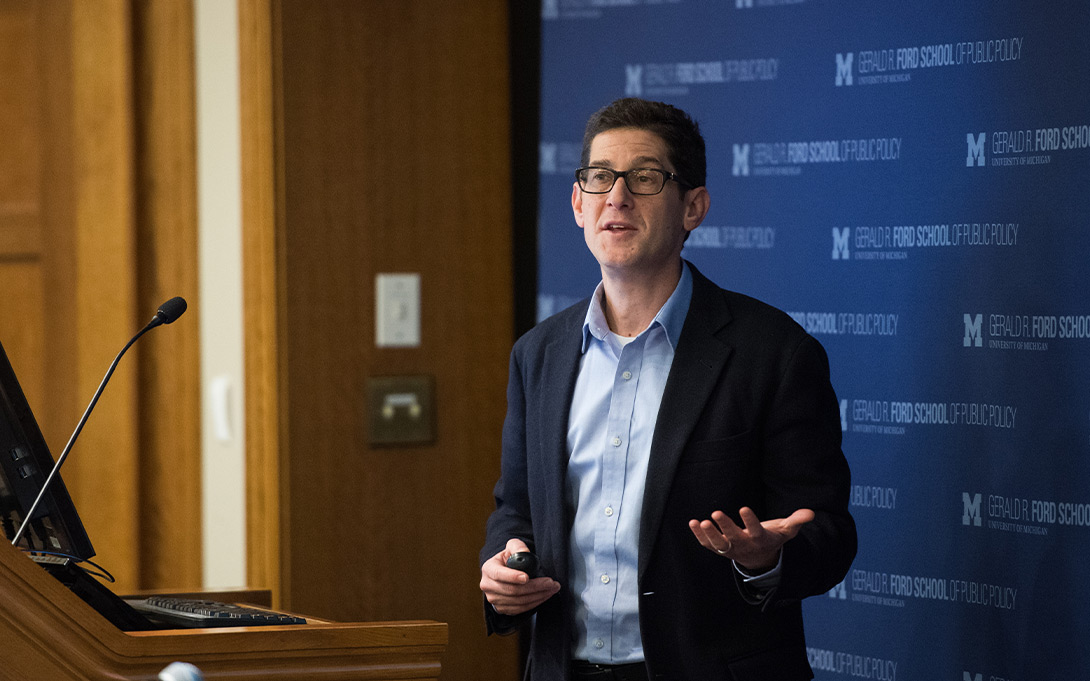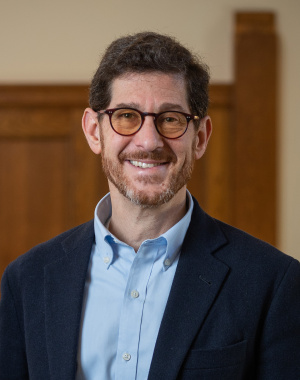
The Biden Administration is preparing a new set of student loan debt-relief measures in the wake of the U.S. Supreme Court’s rejection of its previous, ambitious plan, which would have eliminated between $10,000 and $20,000 per student. A number of student debt reduction plans are already in place, including the federal Teacher Loan Forgiveness (TLF) program and the Public Service Loan Forgiveness (PSLF) program.
The TLF program cancels between $5,000 and $17,500 in debt for teachers who remain employed in a high-need school for five consecutive years. In this way, it provides an incentive for teachers to continue to work in high-need schools, rather than leaving the teaching profession or transferring to more affluent districts early in their career.
A new study finds that the complexity of the program was a barrier to its widespread uptake, and that it did not impact teachers’ employment decisions. The study, “The Value of Student Debt Relief and the Role of Administrative Barriers: Evidence from the Teacher Loan Forgiveness Program,” an NBER Working Paper, was written by the Ford School’s Brian Jacob, with collaborators from the Harris School of Public Policy at the University of Chicago and U-Pennsylvania’s Wharton School.
The authors note that as of 2018, only 66 percent of teachers who had graduated with a BA in 2008 were aware of the federal loan assistance program, and fewer than 20 percent had participated. It is particularly relevant “against the backdrop of a long-standing challenge of recruiting and retaining teachers, especially in high-need school districts, and, more recently, amid a general teacher shortage that has been exacerbated during the COVID-19 pandemic,” they write.
To assess the effect of the TLF program on teacher turnover, they compared turnover rates in schools with poverty rates that barely qualified for the program (e.g., 30% poverty) with turnover rates in schools with marginally lower poverty rates (e.g., 29% poverty). The authors find no differences in turnover rates between the two sets of schools, indicating the TLF program did not influence teacher employment decisions.
The authors then explain that these null effects could be explained by various factors, writing: “Teachers either do not value or are unaware of the program.”
They examined whether informational barriers could explain the lower-than-expected take-up by conducting a large-scale randomized controlled trial (RCT) in which they provided targeted information about the program to teachers in a randomly selected set of schools. At the end of the information campaigns, teachers in the treatment schools were seven percent more likely to have a basic understanding of the TLF program. Yet teachers in treatment schools were equally likely as their control counterparts to change schools, or leave the public school system entirely.
Another factor could be the value that teachers put on debt relief versus other forms of compensation. They found a great desire for teachers to have those student debts forgiven, though the lack of information and administrative barriers are preventing them from getting the benefit. The barriers they noted included knowing which schools qualify, tracking employment records, having employers sign off, and coordinating with loan servicers.
“Our findings thus have implications for maximizing access to loan forgiveness programs and also suggest that special attention must be paid to applicant-vendor relationships and levels of trust if third-party vendors play a significant role in the enrollment process,” they observed through interviews with potential recipients. Indeed, even the research team, “highly motivated to encourage take-up of the program, struggled to find clear guidelines on how to navigate the enrollment process.”
They conclude with suggestions for reform of the TLF program: “Ultimately, the intention of teacher loan forgiveness policies is to attract and retain talented teachers. We found no evidence that TLF eligibility increased retention nor did we detect any sorting of teachers on any attributes into marginally eligible schools. While our intervention helped some teachers find relief from their debt burdens, our results suggest that influencing employment choices would require additional information and incentives above and beyond those provided by the current teacher loan forgiveness program.”
The full paper can be seen via NBER or University of Chicago, Becker Friedman Institute for Economics.
